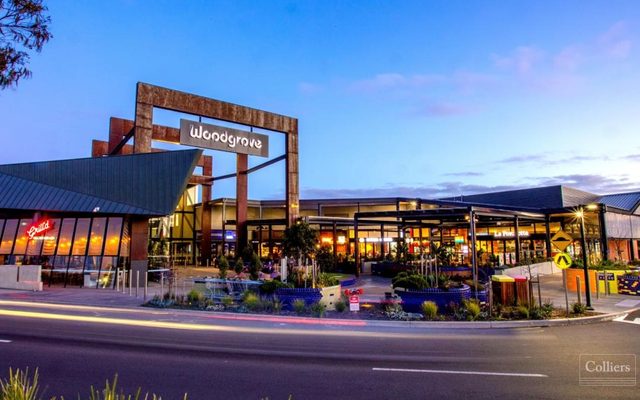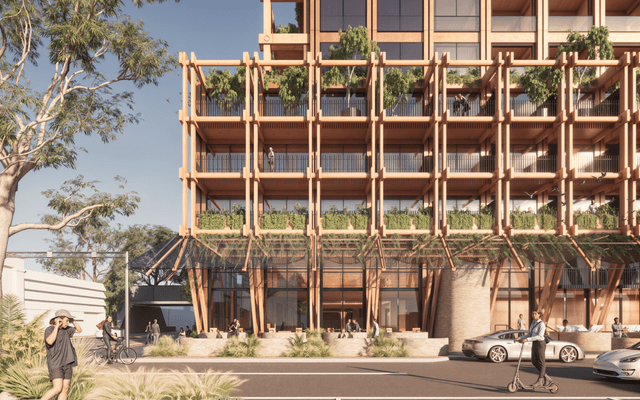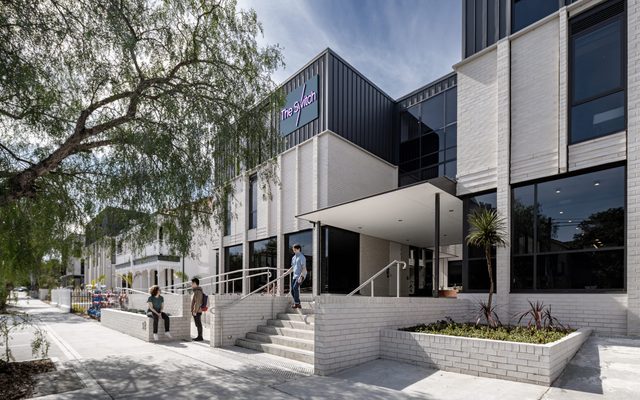This article is from the Australian Property Journal archive
MORE than $40 billion of investment is bound for the retirement village sector over the next 15 years, according to Jones Lang LaSalle.
JLL’s research paper “Is Supply Meeting Demand or Missing the Mark?” was compiled using newly updated data from Jones Lang LaSalle’s comprehensive National Retirement Village Database, the only such database in Australia.
JLL’s health and aged care services Peter McMullen said there were more opportunities for the development of retirement villages in Australia today than ever before, mostly because Australia’s population is ageing more rapidly than at any time in the past.
“To meet this surge in demand, it is predicted that up to 140,000 new dwellings in retirement villages are needed over the next 15 years, equating to an investment of about $42 billion (in 2008 dollars) in new construction.
“Developers and institutional investors are already paying attention to this growing sector, and we anticipate retiree housing will equate to about 7 or 8% of the new residential housing market in 15 years time,” he added.
“Currently it is the parents of baby boomers who have taken up retirement village living, however as the baby boomers themselves are approaching retirement, we expect to see an increasing number from this generation entering retirement villages in the next 12 to 15 years,” he continued. “Another factor in the growth of the sector is that retirement village living is becoming much more accepted, with participation rates increasing year on year. At present, approximately 5.25% of the over 65 population live in retirement villages, a significant increase from the 3 – 3.5 per cent benchmark from only eight or nine years ago,”
According to JLL, the anticipated demand is supported by a strong pipeline of new retirement villages and expansion in existing retirement villages.
Currently there are over 500 new villages with more than 51,000 new units either proposed, approved or under construction.
In addition, another 20,700 new units are either proposed, approved or under construction in existing villages.
JLL has identified areas including Blacktown in New South Wales, Ipswich in Queensland, Hume in Victoria, Salisbury in South Australia and Rockingham in West Australia as emerging major retirement village hotspots.
McMullen said many factors contribute to create a potential retirement village hotspot.
“Along with growing populations over 65, affordability and the availability of infrastructure such as public transportation are all important drivers.
“Retirees looking to move to a retirement village want to know that top quality healthcare facilities and services; transport links; retail hubs; and also recreation, community facilities and clubs are nearby and accessible,” he said.
“Despite the current softening in market sentiment in all property classes, the long term future of the retirement village industry is secure with significant opportunity for investment.
“The time is ripe for developers and operators to secure suitable sites, and navigate the planning and approval process so that they are positioned to undertake new development as activity in the residential market improves,” McMullen concluded.

Australian Property Journal



